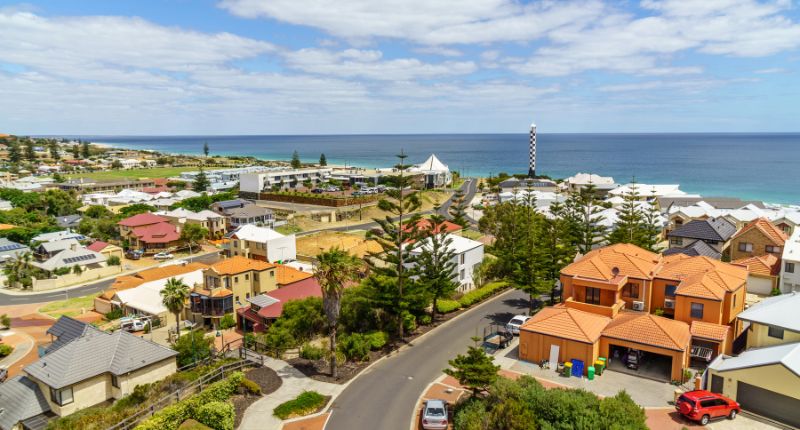- The combined capitals only recorded quarterly growth of 1%.
- Many of the strongest performers were in WA and QLD.
- Several WA locations repeatedly appeared as top performers.
Australia’s regional property market recently saw its quarterly value increases surpass the rises seen across the capitals.
According to CoreLogic’s latest Regional Market Update, home values in regional Australia recorded a quarterly increase of 1.2% in the three months to January 2024, while the combined capitals recorded a 1% increase.
The report analyses property value and rent changes across Australia’s 50 largest non-capital Significant Urban Areas (SUAs).
Regions rise while capitals slow
Although the rate of growth across the combined regions has eased, CoreLogic research director, Tim Lawless, said this follows the sector’s ‘boom’ during the worst of the pandemic on the back of high net internal migration flows and strong affordability.
“Outside of the pandemic growth between 2020 and 2022, the outperformance of regional markets relative to the capital cities is a fairly new phenomenon,” he said.
“The more recent trend where growth in regional housing values has outpaced the capital cities is attributable to a slowdown in capital city growth rates rather than an acceleration in regional growth.”
Western Australia and Queensland lead the pack
Some of the strongest capital growth among the 50 largest SUAs were recorded across locales in Western Australia and Queensland.
Western Australia’s Albany and Bunbury were the top quarterly performers, recording value growth of 7.7% and 6.2%, respectively. This was well ahead of New South Wales’ (NSW) Lismore, which recorded a 5.5% growth in values, and Queensland’s Townsville, which recorded 4.7%.
Annually, only six SUAs recorded an increase of 10% or greater. This included a 15.8% capital growth in Western Australia’s Bunbury, and a 12% rise in Queensland’s Bundaberg and Rockhampton.
“The strongest growth conditions have been skewed towards regional areas of WA and Queensland. These areas have a diverse economic base and are generally supported by a mixture of agriculture, tourism, ports and mining.”
Tim Lawless, CoreLogic
“They’re the only states with a positive rate of interstate migration that helps support housing demand and they’re relatively affordable markets.”
Meanwhile, Tasmania’s Launceston and Devonport both saw the largest quarterly falls, down 2.3% and 2% respectively.
Annual declines were seen across 11 regional markets across Victoria, Tasmania, and New South Wales. The NSW market coastal market of Batemans Bay recorded the largest annual decline, down 5.8%.
“The weakness across Tasmanian housing markets is broad-based but follows a solid run of growth with values up 91% over the past decade,” said Lawless.
“A combination of affordability constraints following the pandemic surge in values, negative interstate migration and a normalisation in internal migration rates are other factors that are likely contributors to the softer conditions across Regional Victoria and Regional Tasmania.”
Regional rents also outpace the big smoke
As the regional markets entered the peak rental season, CoreLogic’s regional rental index recorded a 2.3% increase over the three months to January. Capital city rental rises were a bit lower at 2.1%.
Thirteen SUAs analysed recorded rent rises of 3% or greater, with Western Australia’s Albany taking the top spot for quarterly increases, at 6.3%. Also in Western Australia, Bunbury and Busselton both recorded 4.6% rental growth. CoreLogic noted that this translates to an approximate increase in the median weekly rental value of between $25 to $30.
Annually, Western Australia was well represented for the highest rental growth. Familiar names like Bunbury appeared, seeing an annual rise in rents of 14.8%. Busselton also made the top four at 12.7%, Geraldton at 12.1%, and Albany at 11.2%.
The two other regional markets to record double-digit rental growth over the past year were Queensland’s Gladstone and Mackay, up 11.6% and 10.4%, respectively.








